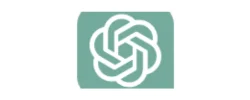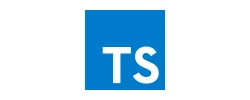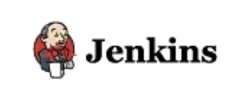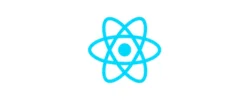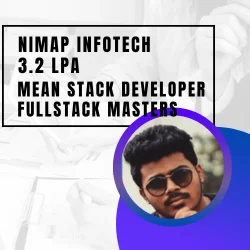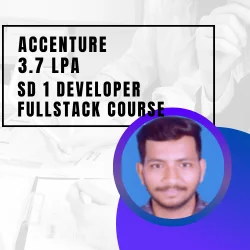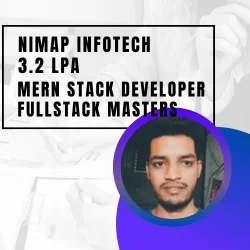Mastering Full-Stack Development with the Instagram Clone Project
Our Instagram Clone project is a dynamic application that mirrors the popular social media platform, Instagram. This Instagram Clone app is a product of our Full Stack Developer course, showcasing the proficiency of our students in creating a fully functional web application from scratch. The Instagram Clone source code is built using the MERN stack - MongoDB, Express.js, React.js, and Node.js, and is available on our Instagram Clone GitHub repository for reference.
This Instagram Clone app download is a testament to the skills and knowledge our students have gained. It replicates key features of Instagram, such as photo and video sharing, user authentication, and interaction with other users. The Instagram Clone website and app are built using React.js, making it a React Instagram Clone that provides a seamless user experience similar to the original Instagram app.
Awdiz offers an immersive Full Stack Developer course that equips students with the necessary skills to build dynamic and responsive web applications like our Instagram Clone app. The course covers a wide range of topics, including front-end and back-end development, database management, and deployment. Our curriculum is designed to be hands-on, with students working on real-world projects like the Instagram Clone using React. The Instagram Clone React JS GitHub repository serves as a testament to the quality of our course, showcasing the ability of our students to create a complex application like the Instagram Clone using React and other technologies. By the end of the course, students will be proficient in creating similar applications, ready to take on the challenges of the tech industry.



